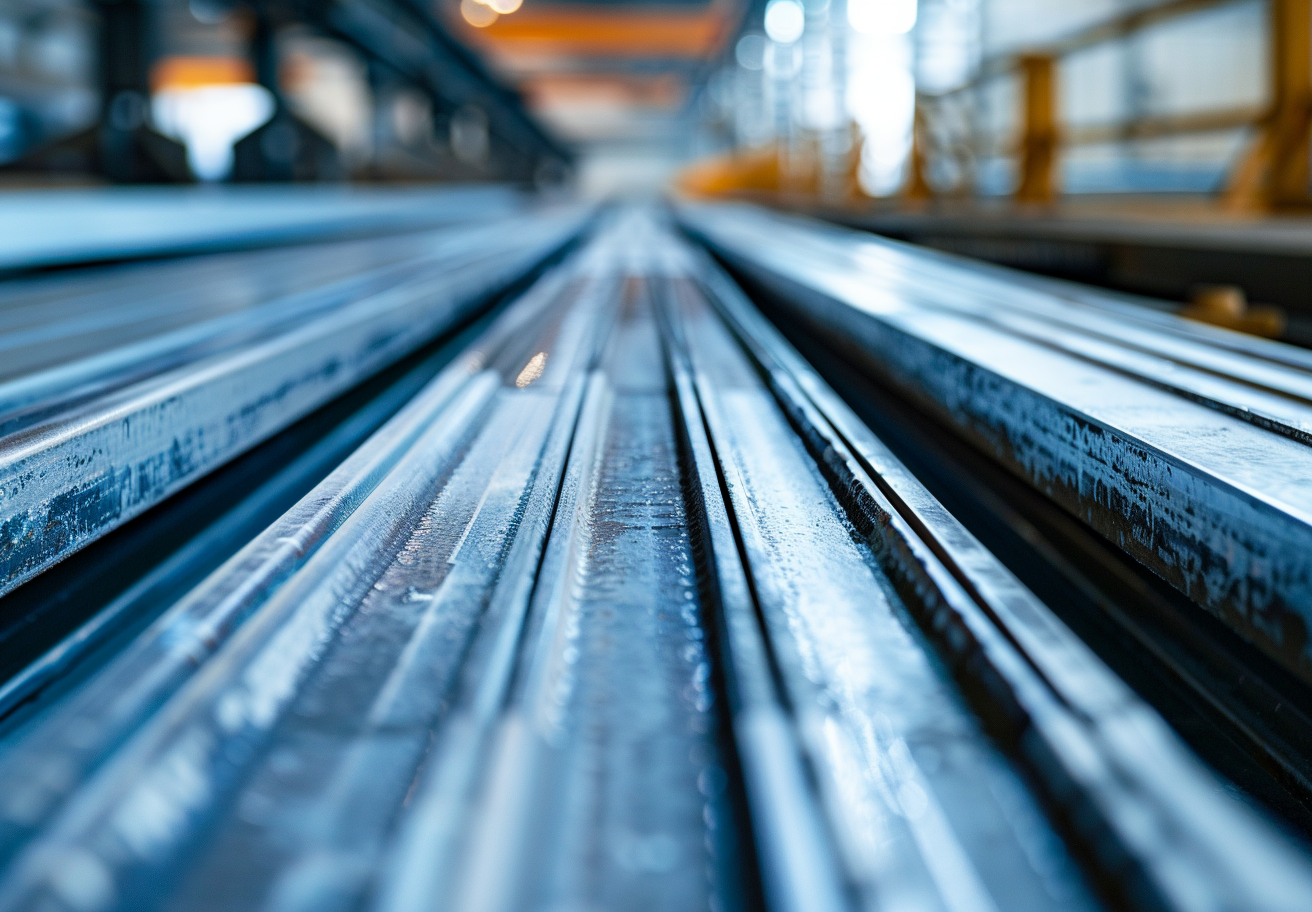Rare earth alloys are key to modern materials. They improve the properties of metals, plastics, and ceramics. These alloys are made by mixing rare earth elements with base materials. Adding rare earths enhances strength, durability, and heat resistance.
Many industries use rare earth alloys as additives. They are important in aerospace, automotive, and energy systems. For example, they prevent corrosion in metals and increase efficiency in energy storage. Rare earth alloys also improve performance in electronics and advanced manufacturing.
This article explores how rare earth alloys work as additives. It explains their use in metal strengthening, catalysis, energy, and electronics.
Rare earth alloys are widely used to make metals stronger and more resistant to damage. When added to metals, rare earth elements improve tensile strength, ductility, and heat resistance. These properties are vital in industries like aerospace and marine engineering, where materials face extreme conditions.
Cerium is a common additive in aluminum alloys. It enhances corrosion resistance, which is crucial in environments exposed to moisture or salt. Cerium-based aluminum alloys are also resistant to oxidation at high temperatures, making them suitable for aircraft engines and other high-heat applications.
Rare earths are also used in steel and magnesium alloys. These additives improve grain structure and reduce cracking under stress. In marine applications, rare earth alloys help protect metals from saltwater corrosion. This ensures the durability of ships, submarines, and offshore structures.
By enhancing metal properties, rare earth alloys extend the lifespan of components. This reduces maintenance costs and improves safety in critical systems.

Rare earth elements are also used as additives to improve catalytic processes. They help speed up chemical reactions in industries like automotive, energy, and chemical production.
Cerium Oxide is a key additive in automotive catalytic converters. It helps reduce harmful emissions by improving the efficiency of the catalytic reaction. Cerium also stabilizes the catalyst, ensuring it performs well over time. This is why cerium-based catalysts are common in vehicles to meet strict emission standards.
In chemical synthesis, Gadolinium Oxide is often used as a catalyst. It speeds up reactions in organic chemistry and industrial processes. Rare earth additives like gadolinium make reactions faster and more efficient. They also improve the stability of the catalyst, reducing waste and cost.
These rare earth additives are vital in catalysis because they improve performance and durability. Their role in cleaner energy and efficient chemical processes supports both industry and environmental goals.
Rare earth alloys are essential in energy technologies. They improve efficiency, durability, and performance in applications like wind turbines, nuclear reactors, and hydrogen storage.
Gadolinium is used in nuclear reactors as an additive in control rods. It absorbs neutrons effectively, helping to regulate the reactor’s operation. This makes gadolinium crucial for the safe and efficient production of nuclear energy.
In wind turbines, rare earth magnetic alloys play a key role. Alloys containing neodymium and dysprosium are used in permanent magnets. These magnets make wind turbines more efficient and reliable. They also reduce maintenance costs by withstanding high temperatures and long-term use.
Rare earths also improve materials for hydrogen storage. Adding rare earth elements like lanthanum increases hydrogen storage capacity. This is vital for clean energy systems like fuel cells, which rely on efficient hydrogen storage to power vehicles and devices.
By enhancing energy systems, rare earth alloys support the global push for sustainable and renewable energy.

Rare earth alloys are key to the performance of many electronic devices. They improve strength, durability, and efficiency in components like magnets, batteries, and coatings.
In electronics, rare earth magnets made from neodymium and dysprosium are critical for precision applications. These magnets power small motors in devices like smartphones, headphones, and drones. Their ability to maintain strength in compact sizes is vital for modern consumer electronics.
In batteries, rare earth additives enhance energy storage and lifespan. Lanthanum is commonly used in nickel-metal hydride (NiMH) batteries, which are found in hybrid vehicles and rechargeable devices. Rare earth elements improve the batteries' efficiency, making them reliable for demanding applications.
Rare earth alloys also play a role in advanced manufacturing. In 3D printing, these alloys strengthen printed components and make them more wear-resistant. Coatings made with rare earth elements protect industrial machinery, reducing wear and extending operational life.
With these applications, rare earth alloys are essential for innovations in electronics and advanced manufacturing.
Rare earth alloys are essential in modern industries. They improve the strength, durability, and efficiency of materials across diverse applications. From aerospace to energy, these alloys enhance performance and reliability.
In metal strengthening, rare earth additives provide corrosion resistance and heat tolerance. In catalysis, they speed up reactions and improve efficiency. Energy technologies benefit from rare earth alloys in nuclear reactors, wind turbines, and hydrogen storage. Electronics and manufacturing also rely on these materials for stronger magnets, longer-lasting batteries, and advanced coatings.
Companies like Stanford Materials Corporation (SMC) play a key role in ensuring access to high-quality rare earth materials. Their expertise helps industries harness the full potential of rare earth alloys, driving innovation across multiple fields.
Rare earth alloys will remain vital for developing stronger, smarter, and more sustainable technologies.
Eric Loewen
Eric Loewen graduated from the University of Illinois studying applied chemistry. His educational background gives him a broad base from which to approach many topics. He has been working with topics about advanced materials for over 5 years at Stanford Materials Corporation (SMC). His main purpose in writing these articles is to provide a free, yet quality resource for readers. He welcomes feedback on typos, errors, or differences in opinion that readers come across.